Essential Oils and Lipids: Understanding the Chemistry

Ever pondered the essence of essential oils? At MONQ, we're not just creators; we're consumers too, driven by a quest for excellence in both using and crafting our products. Delving into the science behind essential oils not only enlightens but empowers.
Aromatherapy, an ancient art, has long embraced the therapeutic marvels of essential oils, though they weren't always bestowed with this name. The term "essential" likely originated from the essence of plants, while "oil" was attributed due to their insolubility in water when distilled. But here's the kicker: essential oils are a breed apart from fats, lipids, and fatty oils.
So, what sets them apart? Let's break it down. Chemically, essential oils flaunt a diverse array of compounds, ranging from alcohols to phenols, predominantly consisting of terpenes. Unlike fats and lipids, essential oils boast a relatively low molecular weight, typically below 300g/mol, and a hydrocarbon-rich structure devoid of the triglyceride formation found in fats.
Now, onto the protagonists of the lipid world—fats and fatty oils. These lipids are characterized by their triglyceride structure, featuring three fatty acid chains linked by glycerol. With molecular weights often exceeding 300g/mol, fats solidify at room temperature, while oils remain fluid. Typically sourced from plants, oils are the liquid counterparts of fats, each colorless and odorless in their pure form.
Understanding these nuances holds significance beyond mere chemistry textbooks. It aids in dispelling misconceptions, particularly concerning health. Take lipoid pneumonia, for instance—a respiratory ailment triggered by the inhalation or accumulation of fats in the lungs. Essential oils, with their distinct molecular makeup, don't pose this risk, offering reassurance for those indulging in the age-old practice of aromatherapy.
In essence, distinguishing between essential oils and lipids not only deepens our comprehension but safeguards our well-being, ensuring that the aromatic journey remains as enriching as ever.


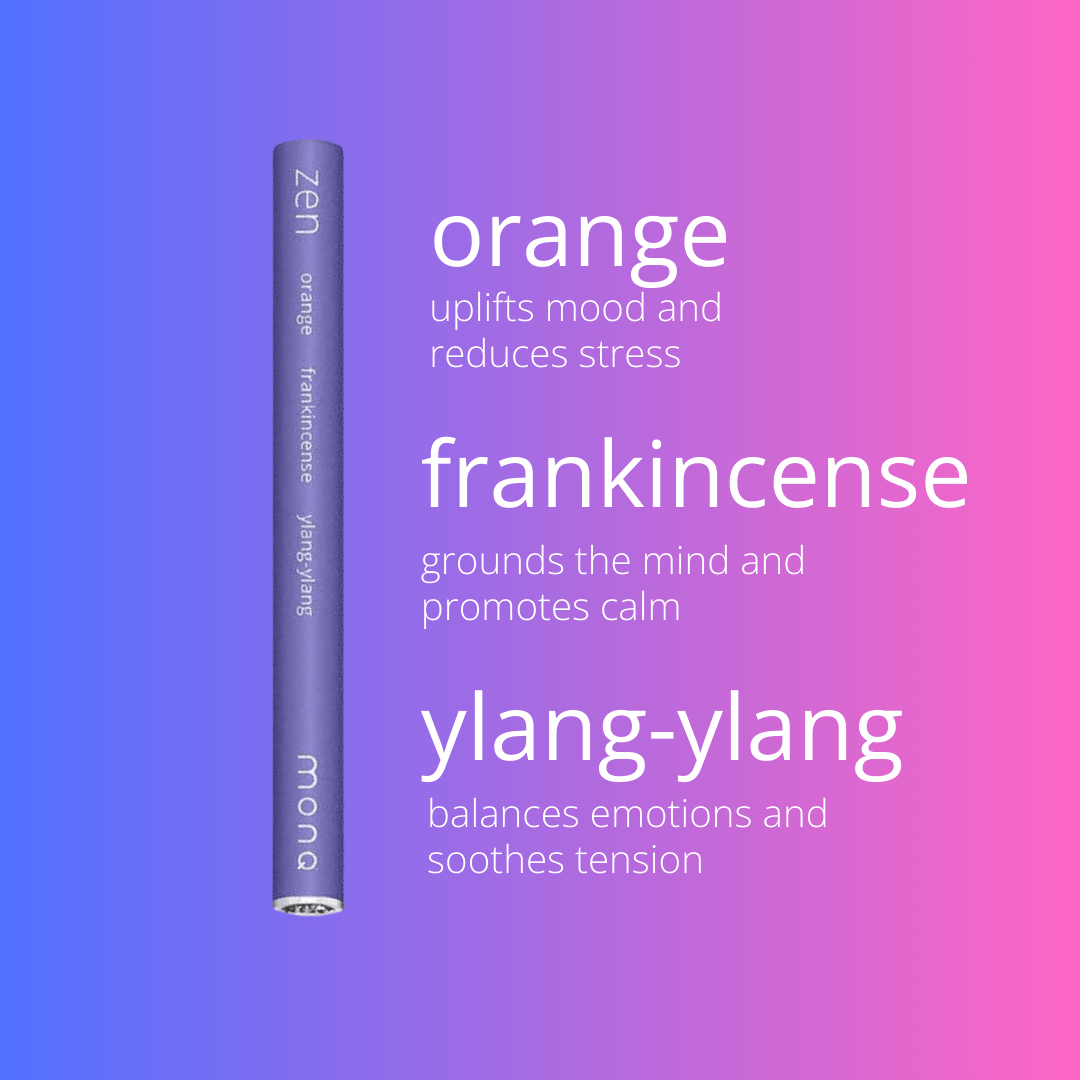
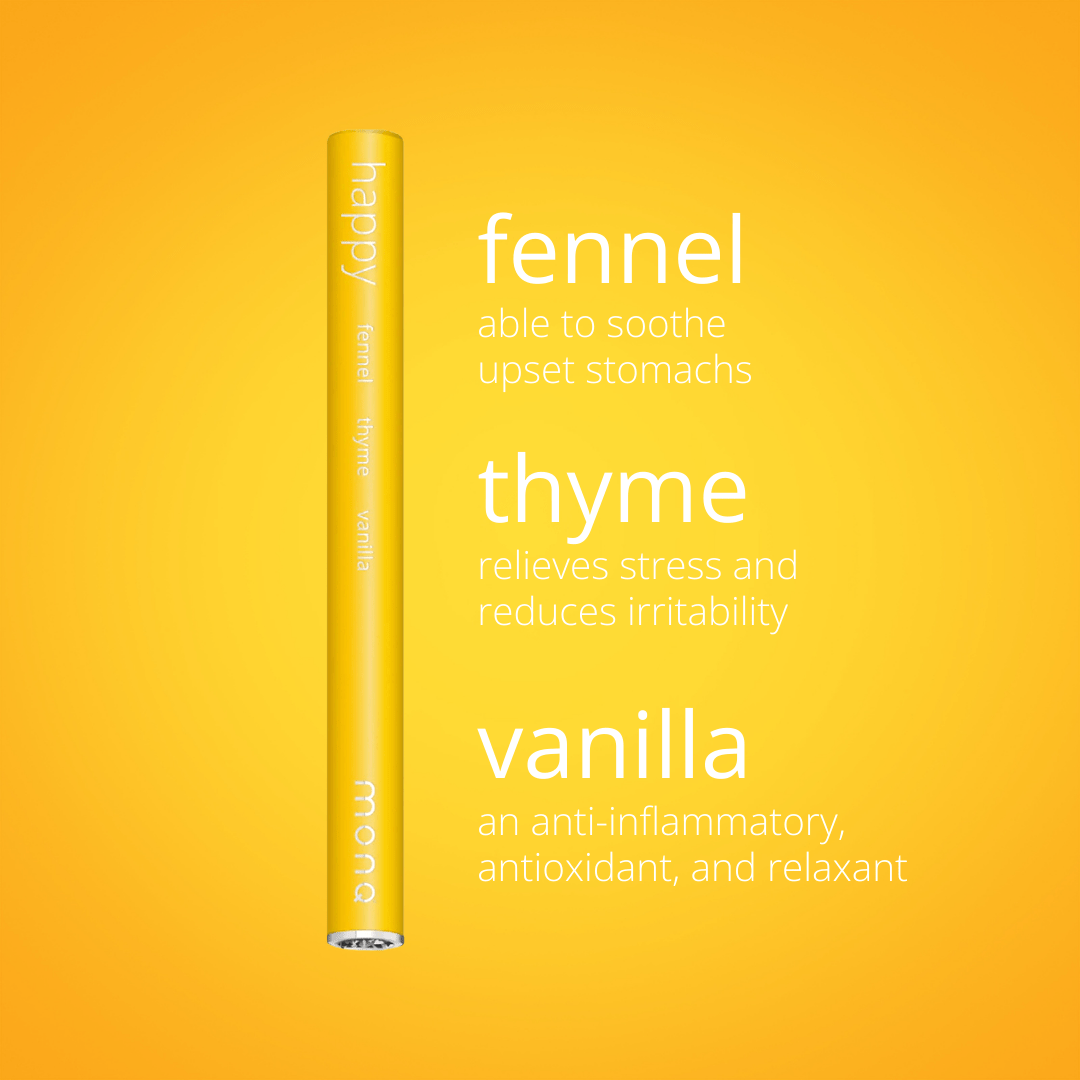
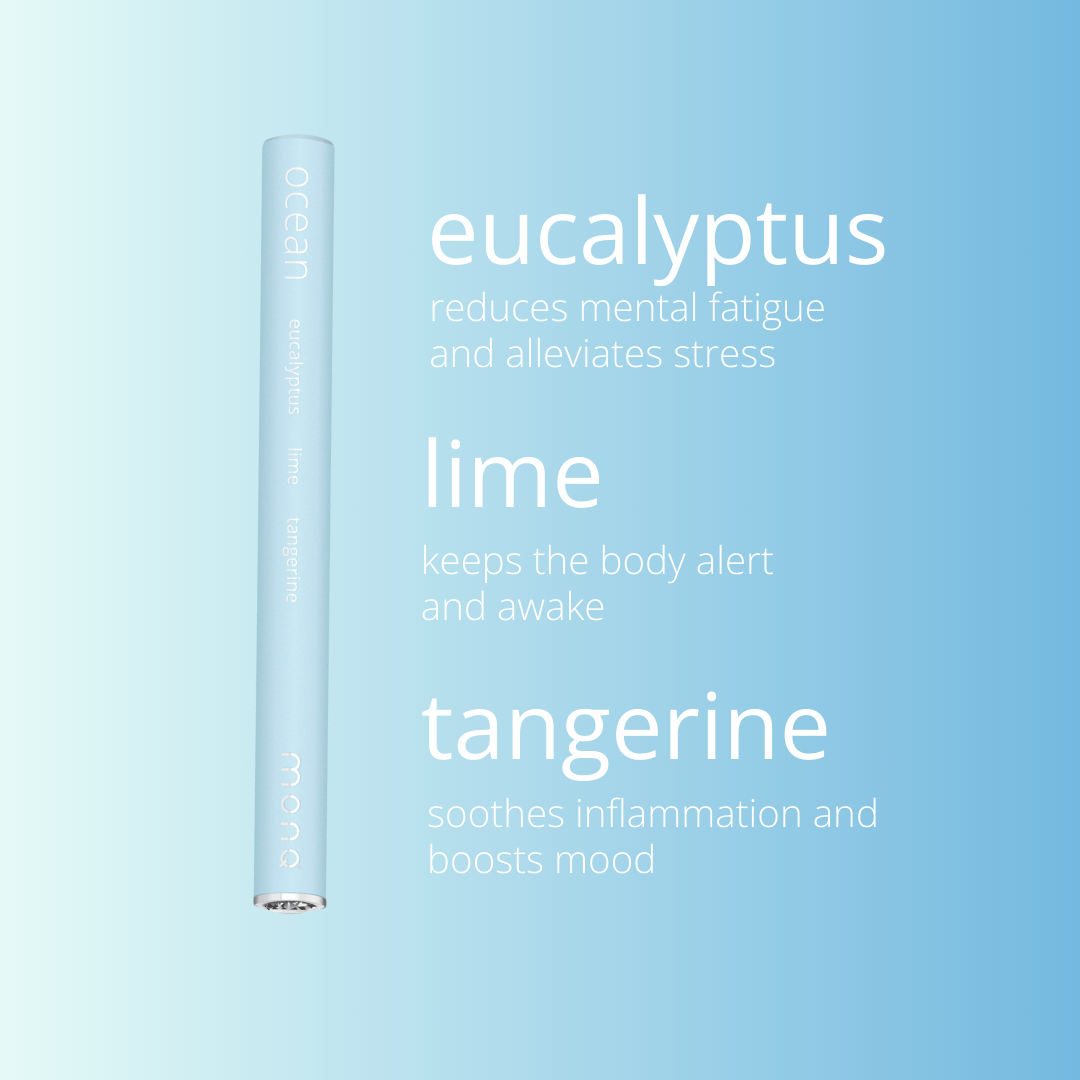

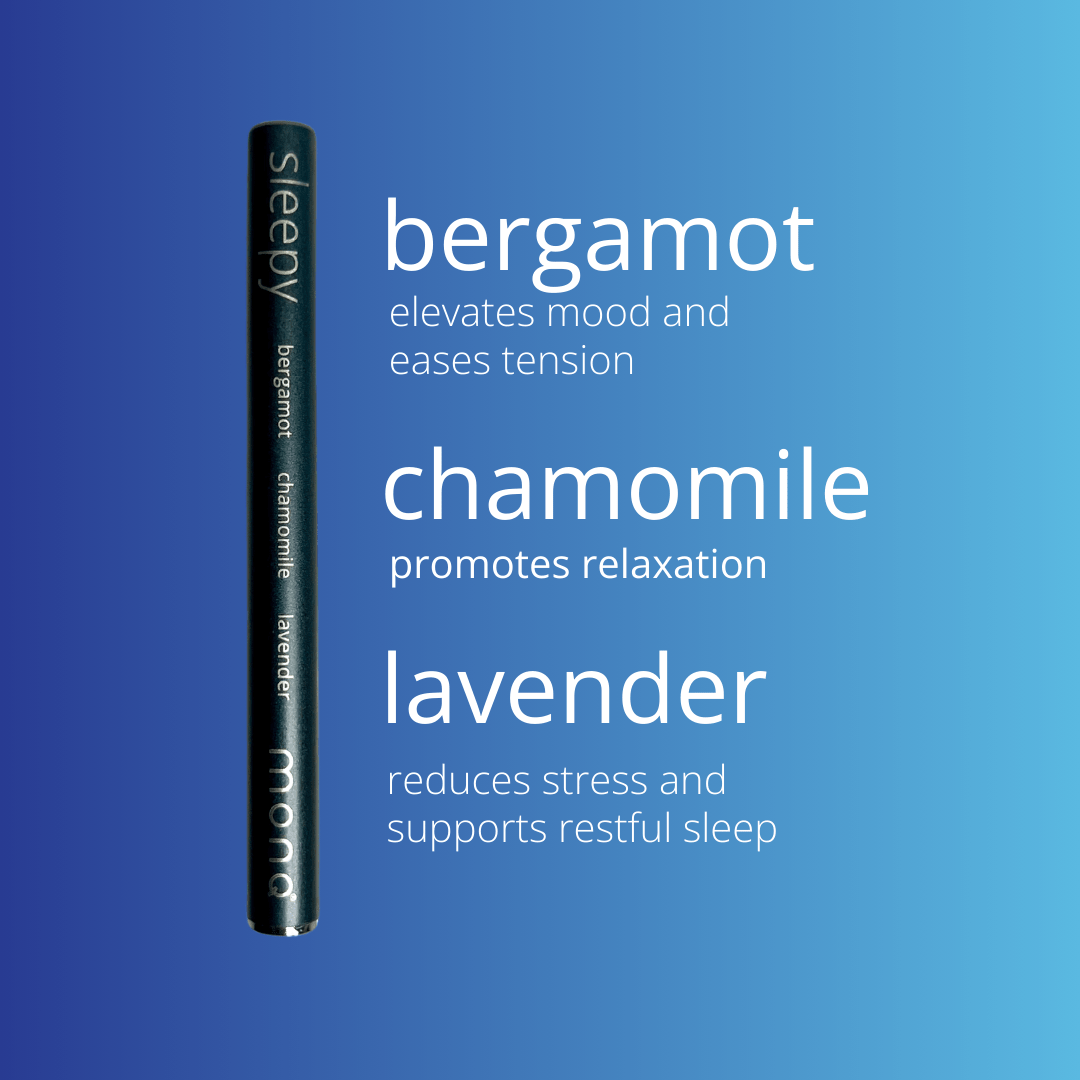

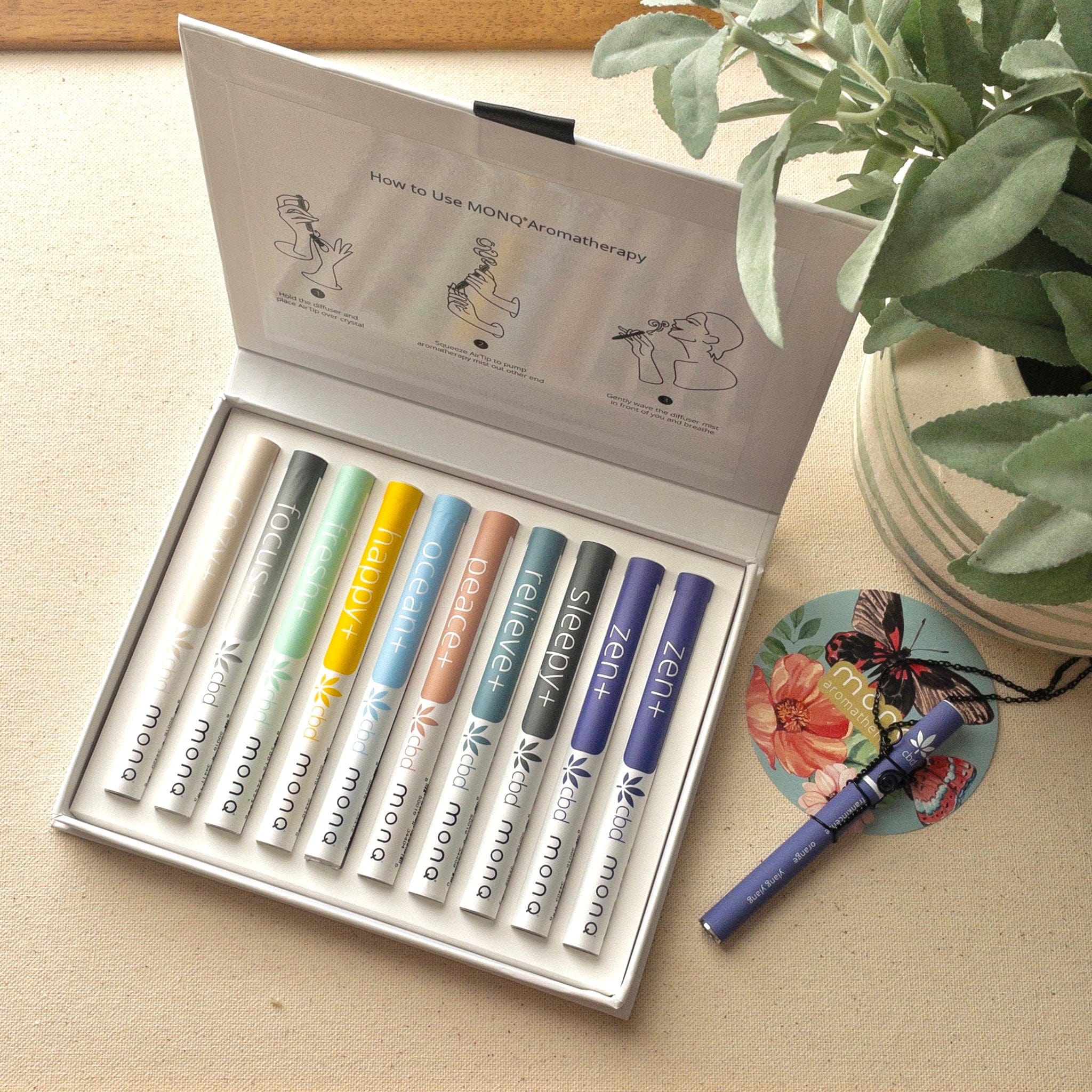
Leave a comment